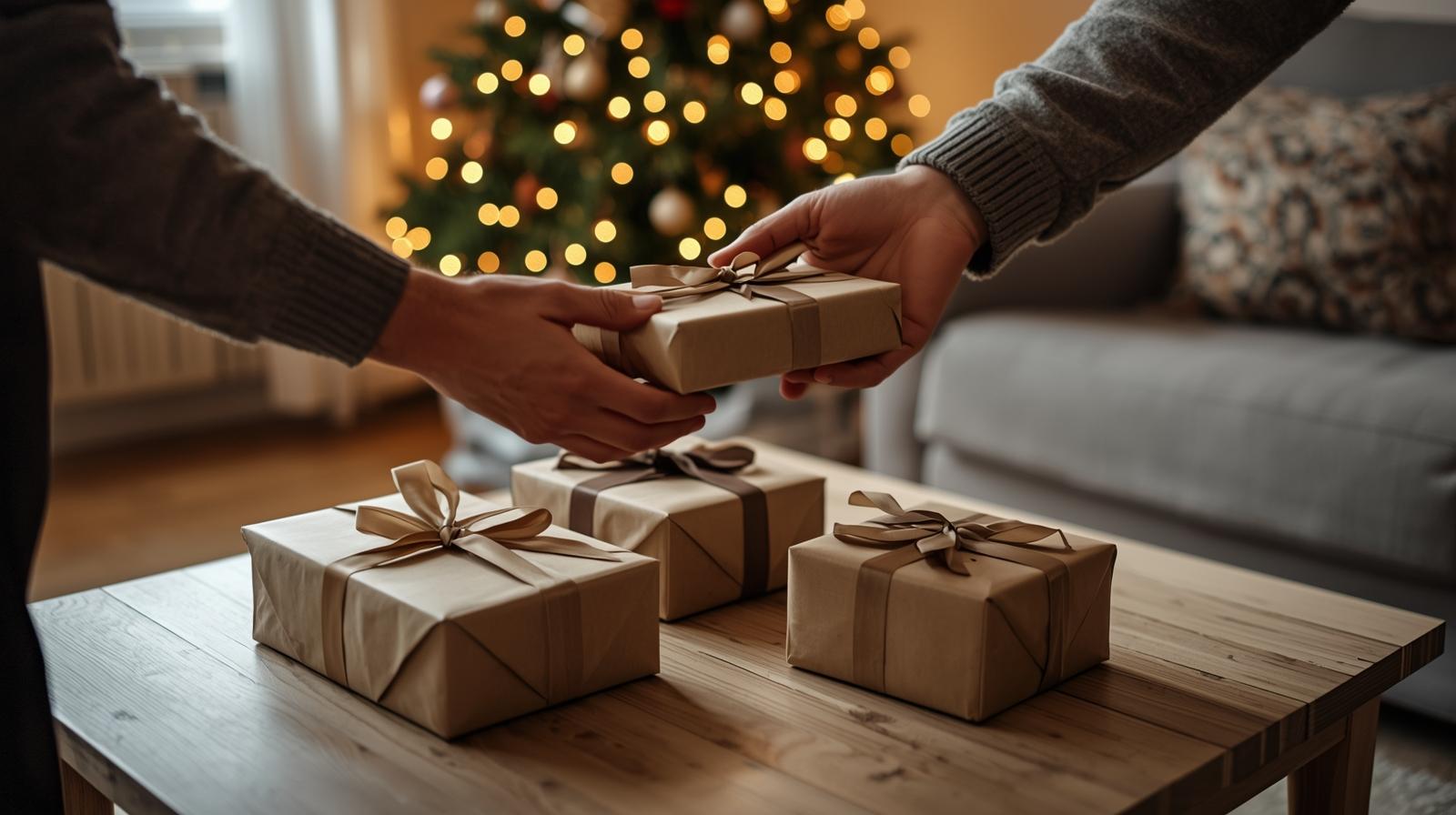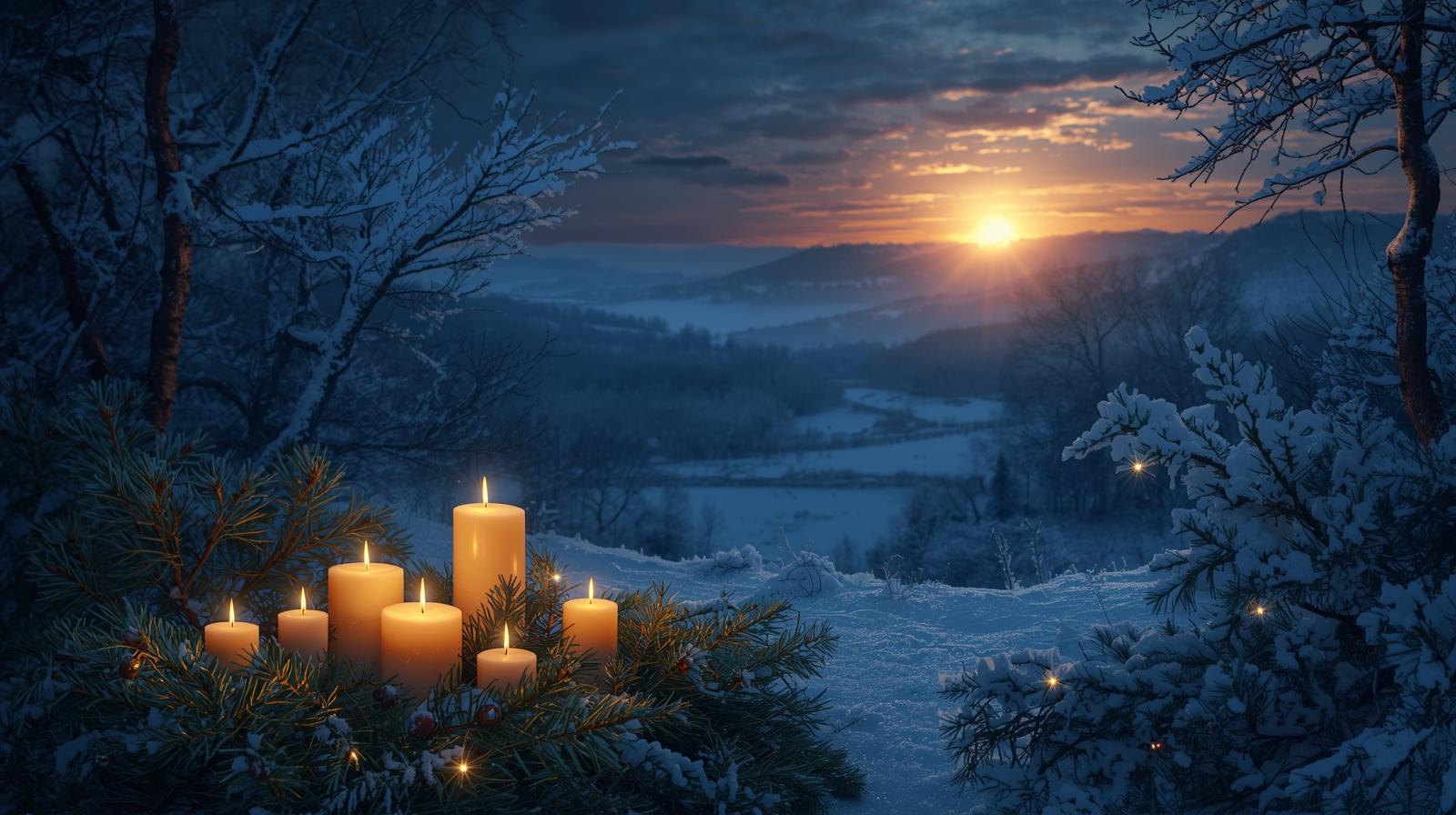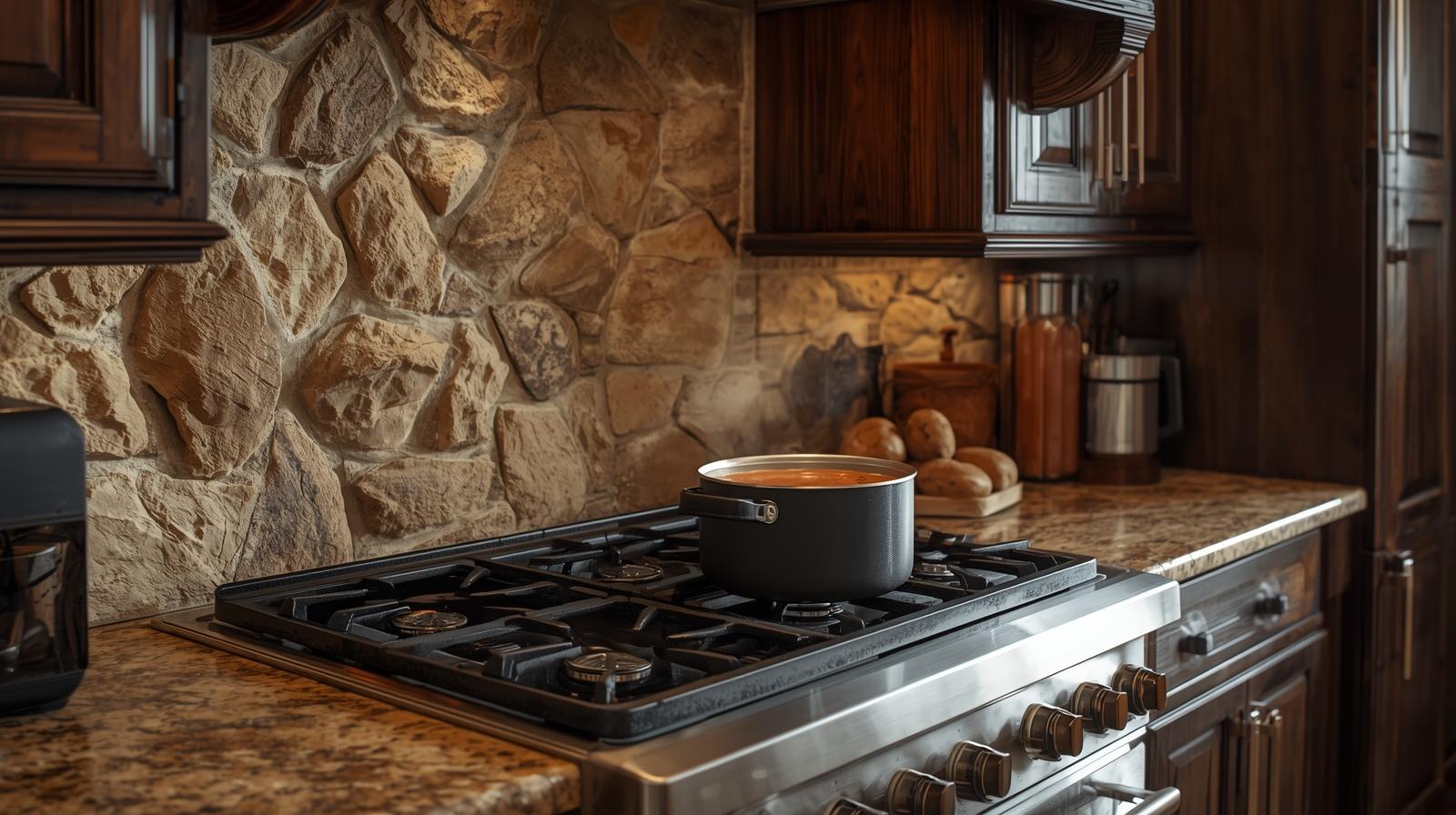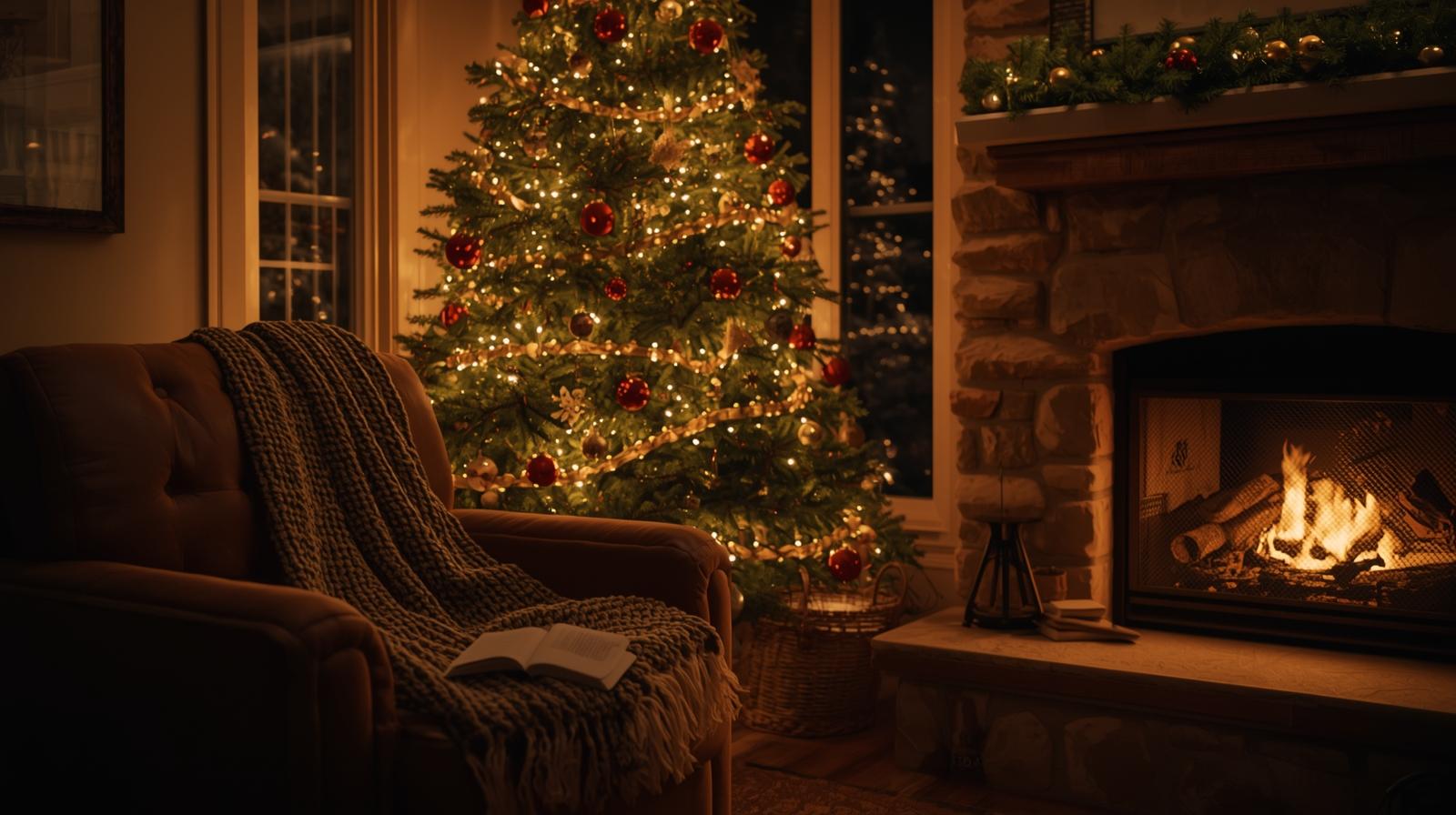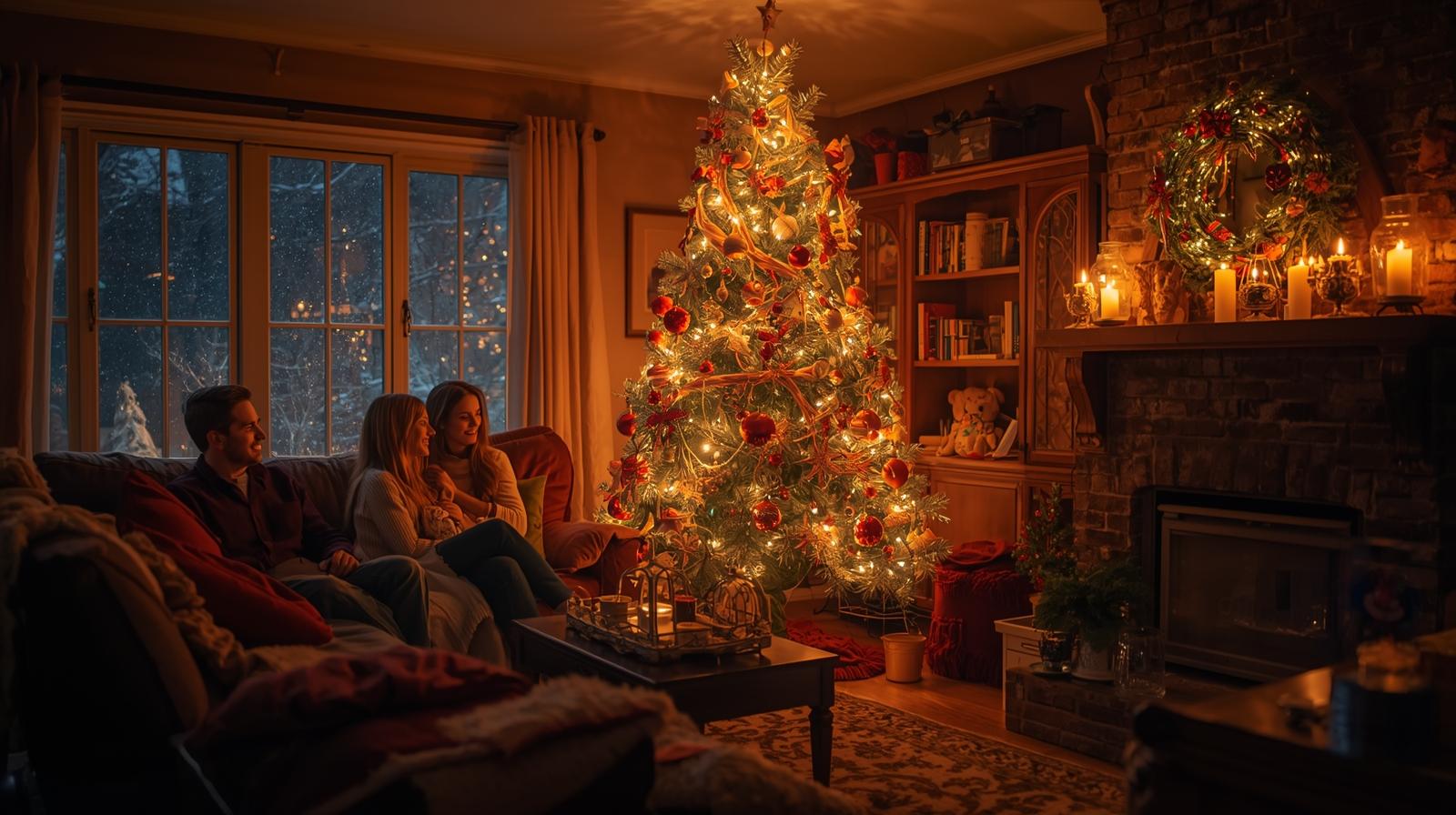
When winter hits, you can either fight the cold… or pour yourself something warm and enjoy the season. Winter tea blends do more than taste good — they set a mood, shift your energy, and make your home feel like a sanctuary. Whether you’re into spicy, herbal, fruity, or soothing teas, winter is the perfect time to experiment and find your signature cold-weather brew.
Why Winter Teas Hit Different
Winter blends are usually built around warmth — spices, citrus, herbs, and ingredients that comfort you from the inside out. Many of them support digestion, immunity, and relaxation, which makes them ideal for chilly evenings, holiday chaos, or slow-paced mornings.
Common winter tea ingredients:
- Cinnamon
- Ginger
- Clove
- Star anise
- Orange peel
- Cranberry
- Vanilla
- Peppermint
- Rooibos
- Chamomile
1. Spiced Cinnamon Black Tea
If you love bold flavor, this one hits like a warm hug. Black tea gives you the caffeine kick while cinnamon, clove, and orange peel bring that winter spice vibe without tasting like a candle.
How to make:
Black tea + cinnamon stick + 1–2 cloves + orange peel. Brew strong.
Why it works:
Perfect for mornings or late-afternoon slumps when you need warmth and focus.
2. Ginger Citrus Immunity Blend
A powerhouse for cold season. The mix of ginger and lemon supports digestion and immunity, and it tastes clean — not medicinal.
How to make:
Fresh ginger slices + lemon peel + honey (optional) + green or herbal base.
Best for:
Post-holiday detox days, or when you feel a scratchy throat starting.
3. Peppermint Vanilla Rooibos
This one feels like a winter dessert without the sugar. Rooibos is naturally sweet and caffeine-free, and the peppermint/vanilla combo is soothing as hell.
How to make:
Rooibos + peppermint leaves + a dash of vanilla bean or extract.
Best for:
Nighttime sipping, winding down, or pairing with holiday movies.
4. Cranberry Orange Herbal Blend
Bright, fruity, and festive without being childish. The slight tartness from cranberry balances the sweetness of orange.
How to make:
Dried cranberries + dried orange peel + hibiscus + a hint of cinnamon.
Best for:
Holiday gatherings, brunches, or making your kitchen smell amazing.
5. Chai With a Winter Twist
Chai is already a cold-weather classic, but adding a little extra cardamom or star anise gives it seasonal depth.
How to make:
Black tea + chai spices (cinnamon, ginger, clove, cardamom) + star anise + milk.
Best for:
Snowy days, gift-making days, or anytime you need a cozy pick-me-up.
6. Cozy Lavender Chamomile
For your calm nights. Floral, soothing, and perfect when you need to shut the world out.
How to make:
Chamomile + lavender buds + honey.
Best for:
Stressful evenings, bedtime routines, or holiday burnout.
Tips for Building Your Own Winter Blend
- Start with a base (black tea, rooibos, green tea, or herbal mix).
- Add one strong spice (cinnamon, ginger, clove) so it doesn’t get muddy.
- Layer one aromatic (vanilla, mint, lavender).
- Finish with a citrus or fruit note (orange, cranberry, apple).
- Keep it simple — 3–5 ingredients max is the sweet spot.
Make It a Ritual
Winter tea isn’t just about flavor — it’s a vibe. A moment. A reset.
Pour it into your favorite oversized mug, light a wax melt from Mama Crow’s, warm up the room, and let the season feel intentional instead of chaotic.
When winter hits, you can either fight the cold… or pour yourself something warm and enjoy the season. Winter tea blends do more than taste good — they set a mood, shift your energy, and make your home feel like a sanctuary. Whether you’re into spicy, herbal, fruity, or soothing teas, winter is the perfect time to experiment and find your signature cold-weather brew.
Why Winter Teas Hit Different
Winter blends are usually built around warmth — spices, citrus, herbs, and ingredients that comfort you from the inside out. Many of them support digestion, immunity, and relaxation, which makes them ideal for chilly evenings, holiday chaos, or slow-paced mornings.
Common winter tea ingredients:
- Cinnamon
- Ginger
- Clove
- Star anise
- Orange peel
- Cranberry
- Vanilla
- Peppermint
- Rooibos
- Chamomile
1. Spiced Cinnamon Black Tea
If you love bold flavor, this one hits like a warm hug. Black tea gives you the caffeine kick while cinnamon, clove, and orange peel bring that winter spice vibe without tasting like a candle.
How to make:
Black tea + cinnamon stick + 1–2 cloves + orange peel. Brew strong.
Why it works:
Perfect for mornings or late-afternoon slumps when you need warmth and focus.
2. Ginger Citrus Immunity Blend
A powerhouse for cold season. The mix of ginger and lemon supports digestion and immunity, and it tastes clean — not medicinal.
How to make:
Fresh ginger slices + lemon peel + honey (optional) + green or herbal base.
Best for:
Post-holiday detox days, or when you feel a scratchy throat starting.
3. Peppermint Vanilla Rooibos
This one feels like a winter dessert without the sugar. Rooibos is naturally sweet and caffeine-free, and the peppermint/vanilla combo is soothing as hell.
How to make:
Rooibos + peppermint leaves + a dash of vanilla bean or extract.
Best for:
Nighttime sipping, winding down, or pairing with holiday movies.
4. Cranberry Orange Herbal Blend
Bright, fruity, and festive without being childish. The slight tartness from cranberry balances the sweetness of orange.
How to make:
Dried cranberries + dried orange peel + hibiscus + a hint of cinnamon.
Best for:
Holiday gatherings, brunches, or making your kitchen smell amazing.
5. Chai With a Winter Twist
Chai is already a cold-weather classic, but adding a little extra cardamom or star anise gives it seasonal depth.
How to make:
Black tea + chai spices (cinnamon, ginger, clove, cardamom) + star anise + milk.
Best for:
Snowy days, gift-making days, or anytime you need a cozy pick-me-up.
6. Cozy Lavender Chamomile
For your calm nights. Floral, soothing, and perfect when you need to shut the world out.
How to make:
Chamomile + lavender buds + honey.
Best for:
Stressful evenings, bedtime routines, or holiday burnout.
Tips for Building Your Own Winter Blend
- Start with a base (black tea, rooibos, green tea, or herbal mix).
- Add one strong spice (cinnamon, ginger, clove) so it doesn’t get muddy.
- Layer one aromatic (vanilla, mint, lavender).
- Finish with a citrus or fruit note (orange, cranberry, apple).
- Keep it simple — 3–5 ingredients max is the sweet spot.
Make It a Ritual
Winter tea isn’t just about flavor — it’s a vibe. A moment. A reset.
Pour it into your favorite oversized mug, light a wax melt from Mama Crow’s, warm up the room, and let the season feel intentional instead of chaotic.
